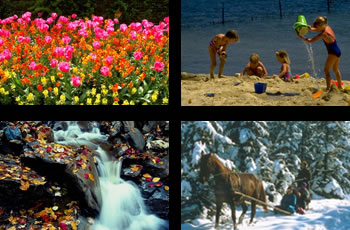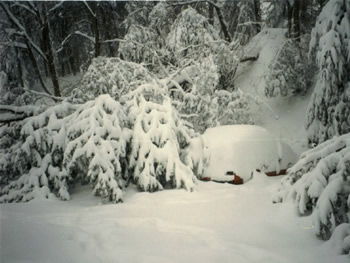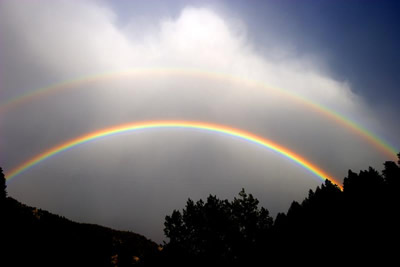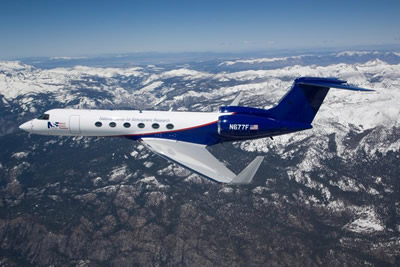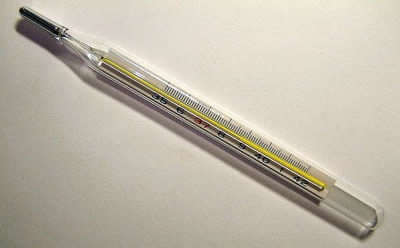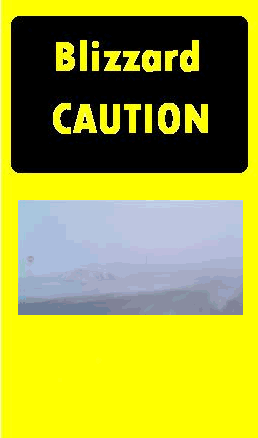
Images Courtesy of: National Weather Service Forecast Office of La Crosse, WI/ Chris Bergeson, NOAA, and National Weather Service Forecast Office of Central Illinois/ Lawrence Estep
Blizzard Safety
Winter storms and blizzards can create difficult conditions whether you are at home or on the road. Being prepared is always the safest precaution. A NOAA Weather Radio or local news station can provide information on any watches, warnings, or advisories within your area.
Everyone should stay indoors during a blizzard. A loss of electrical power could occur so have flashlights available as well as heat sources that do not require electrical power. Proper ventilation when using alternative heat sources is necessary. Everyone should consolidate to a few rooms in the house or office in order to stay warm. Every door should have a towel or rag shoved underneath to avoid losing heat to the other rooms or from cold air getting into the central location. Foods that do not require refrigeration or cooking should be on hand.
Before the winter season starts, automobiles should be checked out by a mechanic because the winter weather conditions can be difficult on your vehicle. It is also a way to make sure all components especially those needed for winter travel are in working order. Blizzards are extremely dangerous to travel in especially during whiteout conditions. It is best to avoid travel if at all possible during these conditions.
Traveling during daylight is important as nighttime can make it difficult to see ice on the roadways. It is dangerous to travel alone thus a family member or friend should ride along during your trip. Warm clothing including loose fitting, layered, light weight clothing should be worn if traveling during storm conditions. This type of clothing is worn to stay warm but also to be able to move easily. Food and water are also important to have in the vehicle when traveling in this season just in case you get stuck in your car for a period of time. Make sure you have a windshield scraper with a small broom in the car during the winter months for ice and snow removal.
If you get stuck in your car during a blizzard, here are some key tips. Only leave your vehicle if you are traveling within 100 visible yards. For ten minutes every hour, turn on the car’s engine. While you are doing this, run the heater to keep warm. The exhaust should be cleared from snow to protect from carbon monoxide, and a downwind window should be opened for ventilation. It is important to look for any signs of hypothermia or frostbite for everyone in the vehicle. Try to move your arm and legs especially your hands and feet every so often to keep good circulation.






